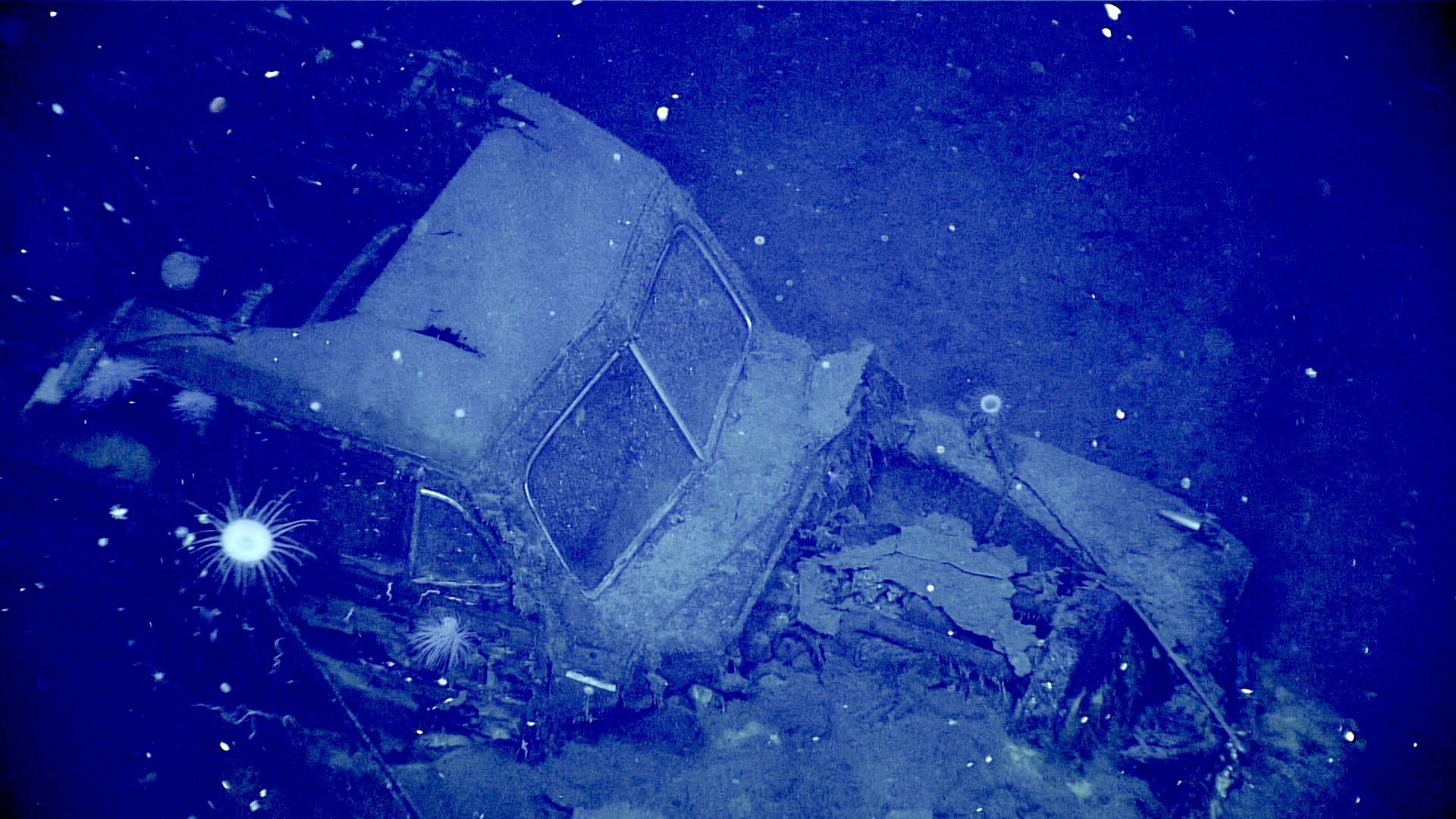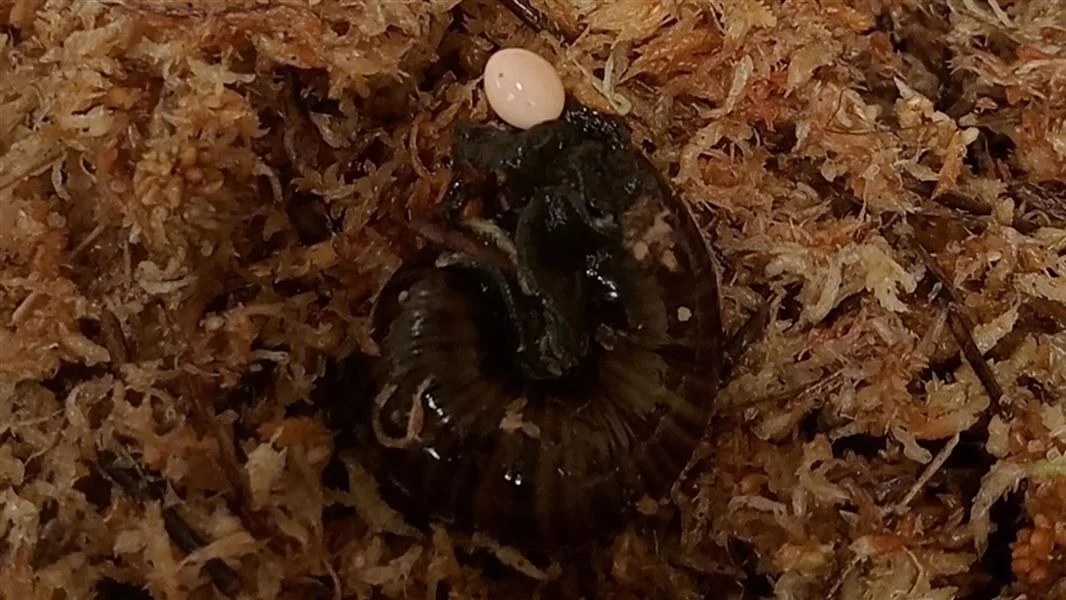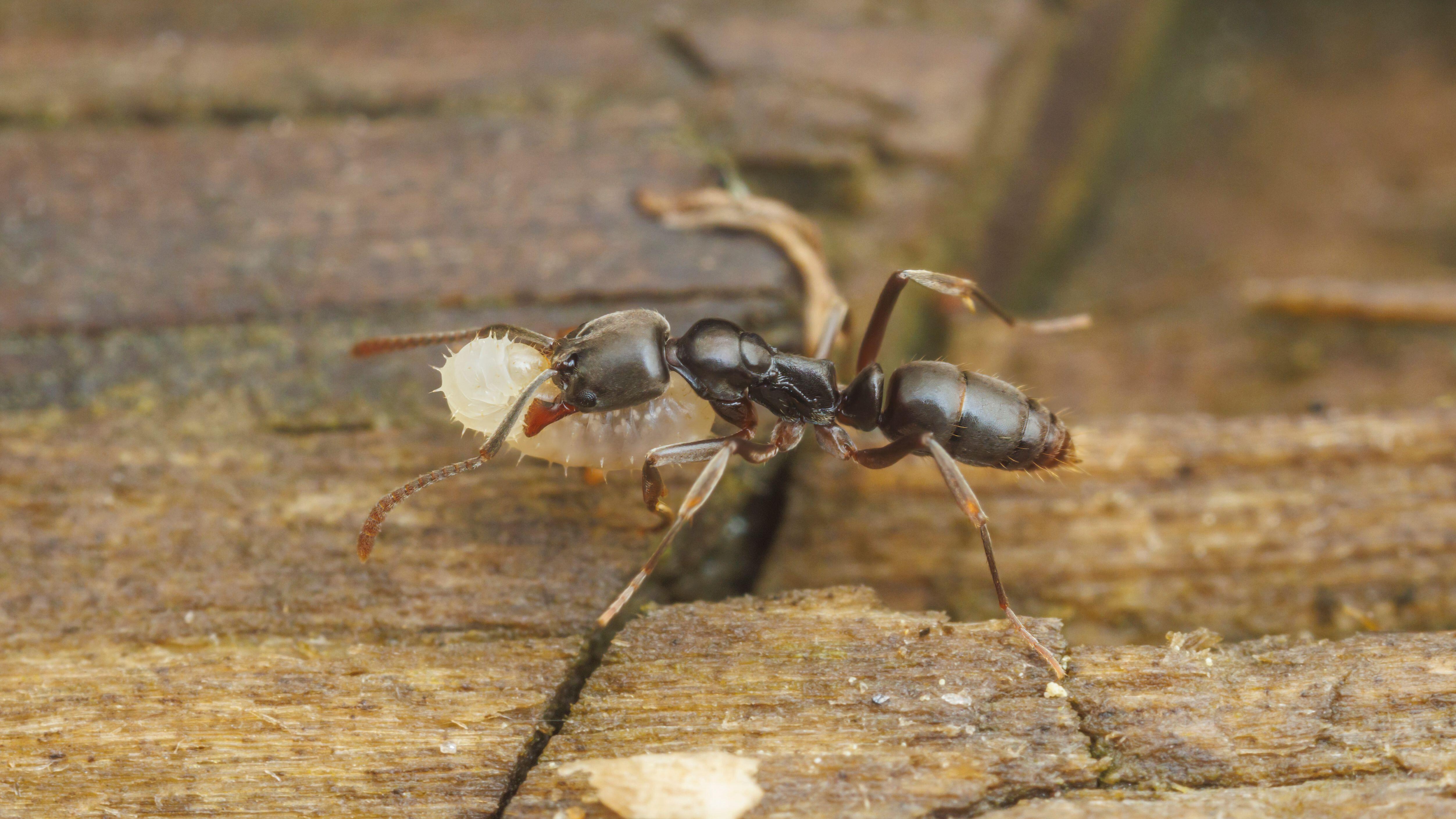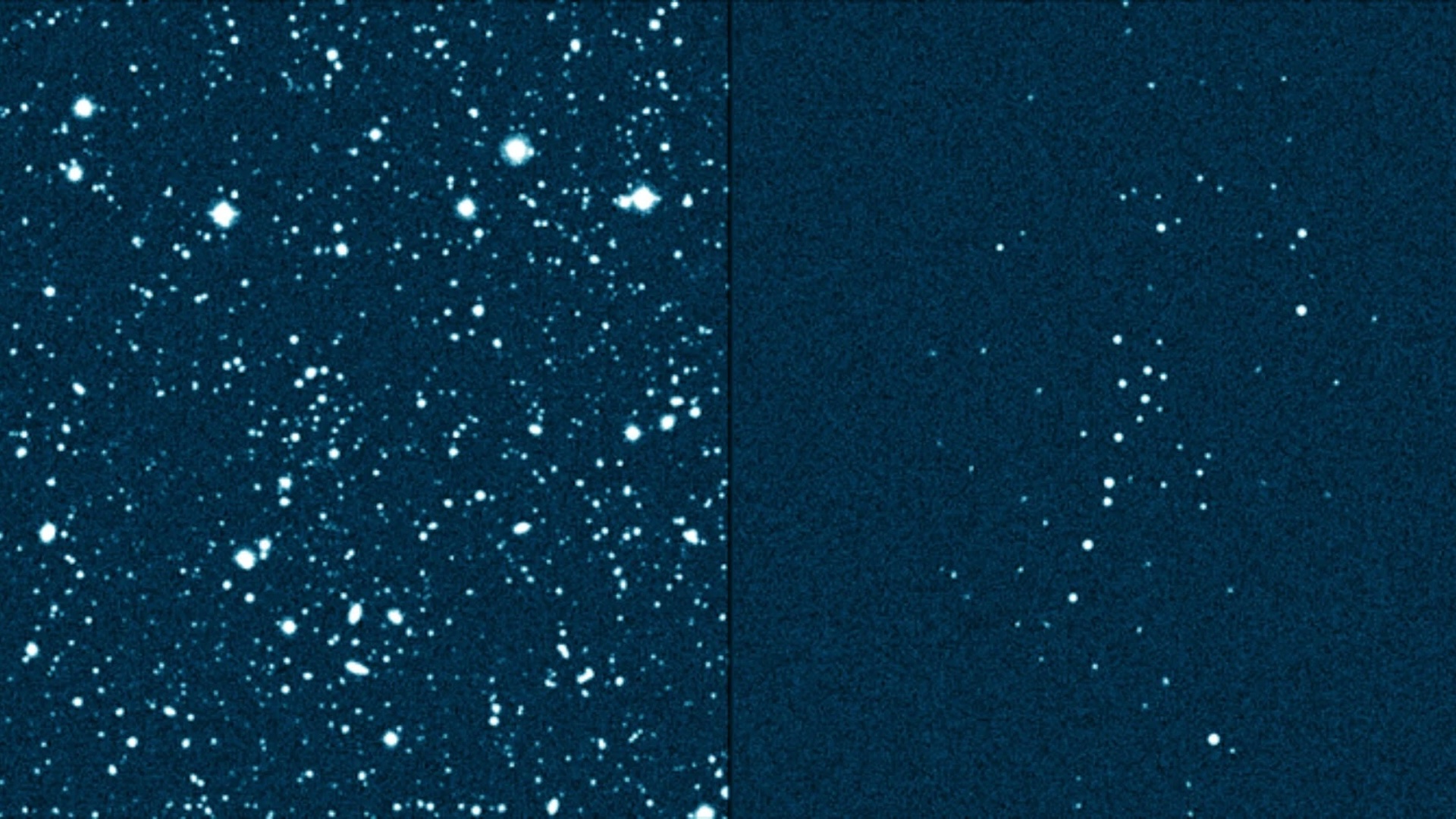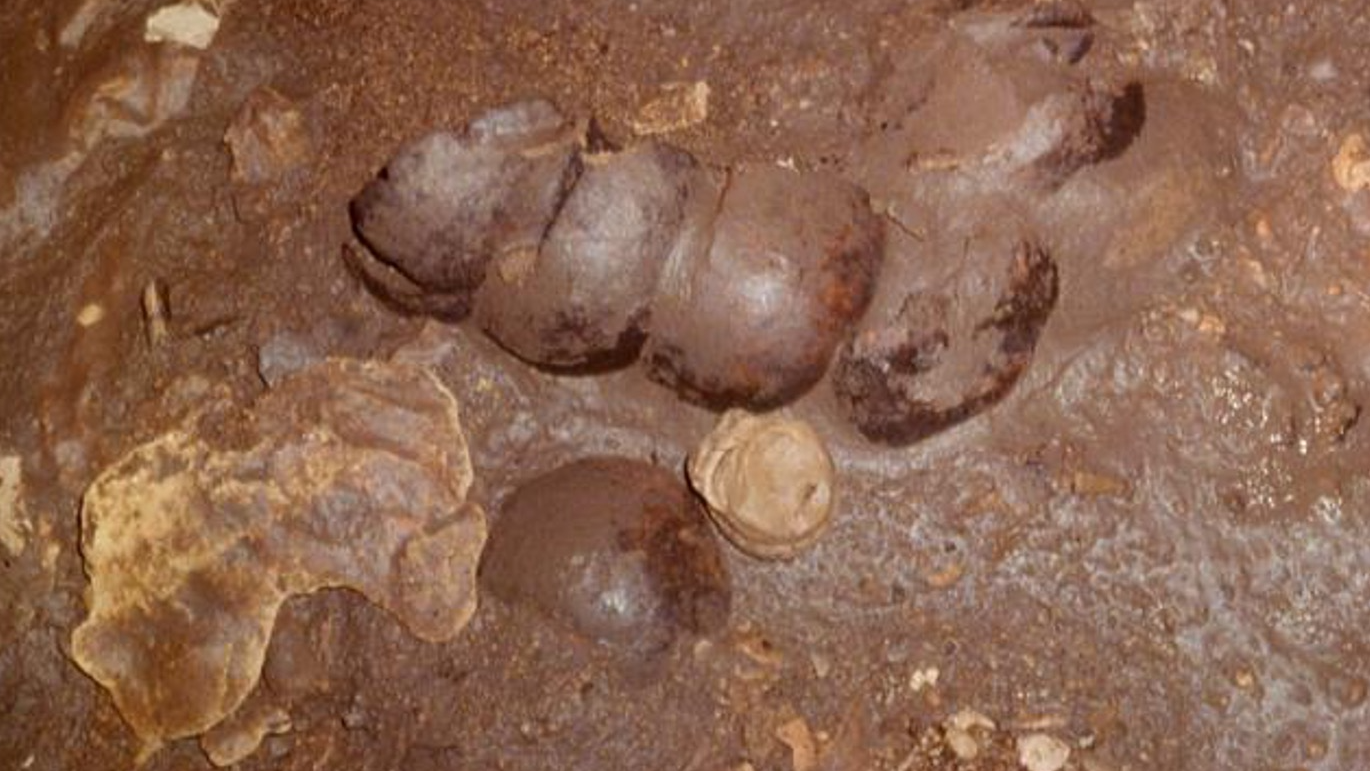Shaking Brain Cancer Cells to Death

Scientists have developed a new technique to fight brain cancer using tiny, nano-sized discs that literally shake the tumor cells to death.
The researchers stress, however, that the method is only in the early stages of development and quite a ways from being tested on humans. So far, the experiments have only been performed on cell cultures in the lab.
The new technique is detailed in the current issue of the journal Nature Materials.
Brain cancer is notoriously difficult to treat with standard cancer-fighting methods, so scientists have been looking into nanomaterials as a treatment alternative. The term "nano" generally refers to stuff at the nanoscale — no larger than 100 nanometers, where 1 nanometer is one-billionth of a meter. For comparison, a strand of hair is about 100,000 nm wide.
The new method involves tiny gold-plated iron-nickel discs, which are magnetic. The discs are attached to specific antibodies that help them seek out brain cancer cells. Antibodies are the proteins produced by your immune system to attack foreign invaders, such as viruses. In this case, the antibodies are designed to bind to specific targets on the surface of the cancer cells.
The discs sit dormant on the cancer cell until a small alternating magnetic field is applied and the discs start to oscillate, or move. The energy from the shaking is transferred to the cell and induces a kind of "cell suicide." The researchers think the shaking disrupts the cell's membrane and starts a chain of cell signaling that ultimately results in the cell's death.
Since the antibodies are attracted only to brain cancer cells, the process leaves surrounding healthy cells unharmed. Traditional cancer treatment methods, such as chemotherapy and radiation, kill both cancer and normal healthy cells.
Sign up for the Live Science daily newsletter now
Get the world’s most fascinating discoveries delivered straight to your inbox.
"We are very excited about this melding of materials and life sciences, but we are still in the very early research stages," said Valentyn Novosad, a materials scientist at the U.S. Department of Energy's Argonne National Laboratory. "We are planning to begin testing in animals soon, but we are several years away from human trials. Everything is still experimental."
Scientists also have to examine any possible side effects that have been so far unseen in the laboratory.

